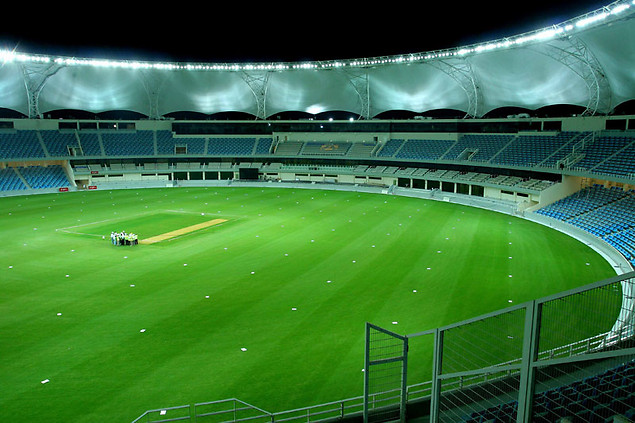Meet the ball with the full face of the bat
Role of the front shoulder in the downswing of the bat:
For a batsman to be successful at any level it is important that he should meet the ball with the full face of the bat while playing strokes in front of the wicket, either of the back foot or the front foot. The prerequisite for this is that the bat should come down straight to meet the ball. And for this to happen, the correct positioning of the front shoulder is important.
If the front shoulder points towards mid-wicket then the downswing of the bat starts from the direction of gulley. When the ront shoulder is towards the bowling-end umpire the downswing is traight and when it is pointing towards mid-off then the downswing is from the direction of fine-leg.
Remember to use the top hand to guide the bat in its downswing, and also remember that the arms remain close to the body. When the batsman uses the bottom hand as guiding hand, or if the hands are away from the body, then the downswing will be wide instead of straight. When the downswing is wide of the body, the batsman often ends up playing across the line of the delivery or slices the off-side strokes when the ball is pitched out side the off-stump.
Kapil Dev had a late outswinger, and he would know he was bowling it well when he made the batsman ‘open’ his front shoulder towards mid-wicket. He considered it a challenge to ‘open’ the front shoulder of Sunil Gavaskar, perhaps, technically the most correct batsman of that era. And when the ‘little master’ obliged him, he knew he was bowling at his best, for rarely did any other bowler succeed in doing so. Hence, the position of the front shoulder plays a vital role in the success of a batsman, be it at the club level or at the test level.


